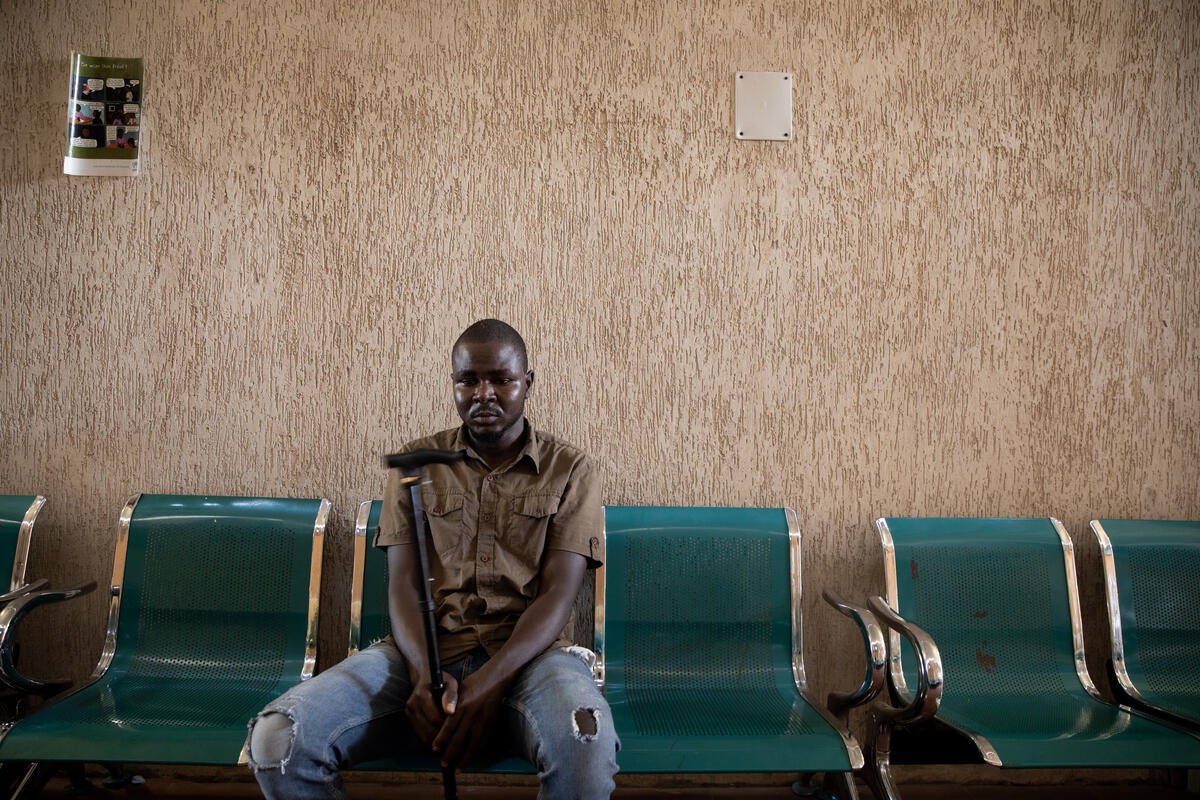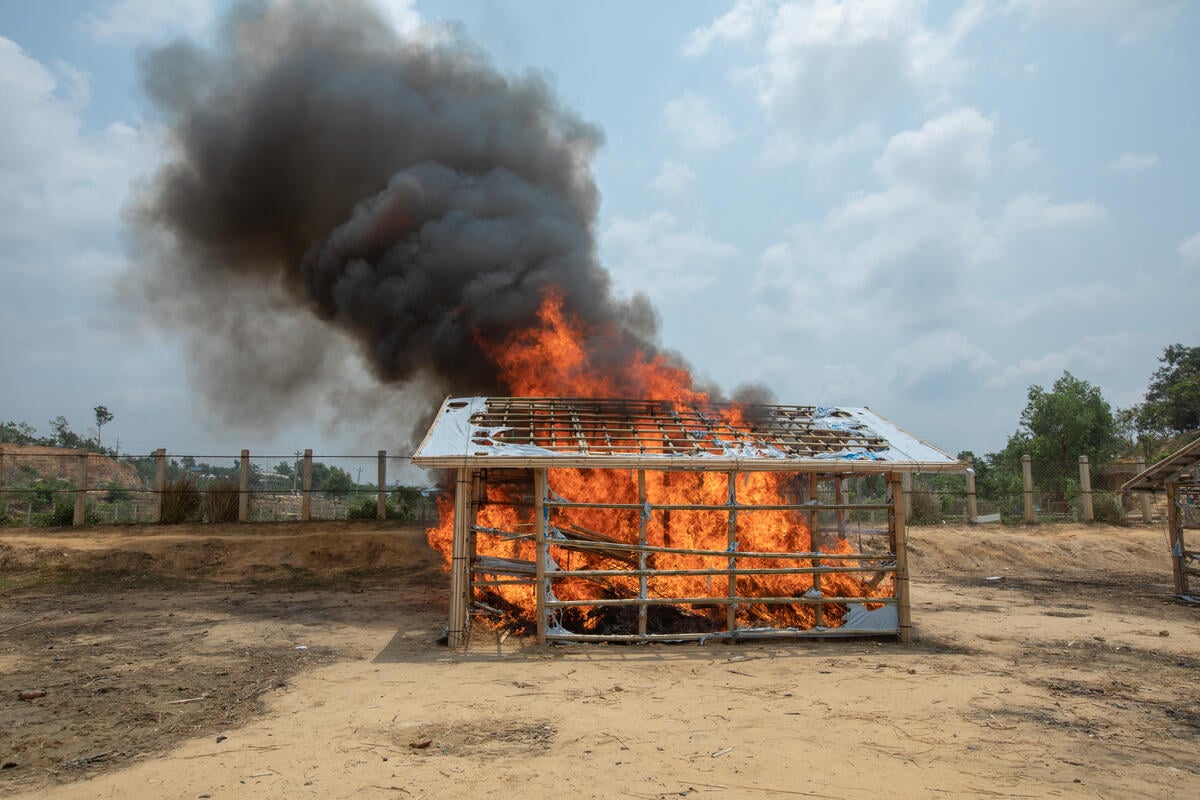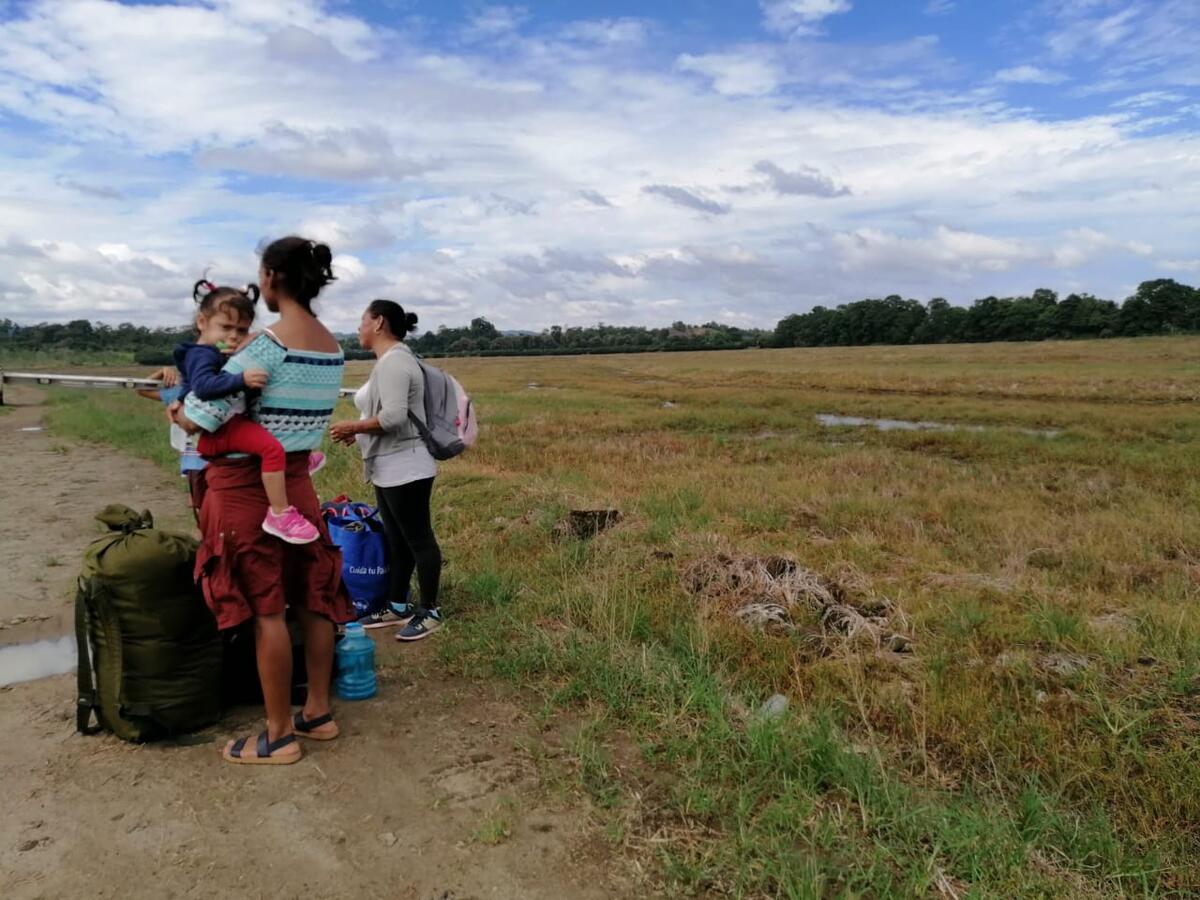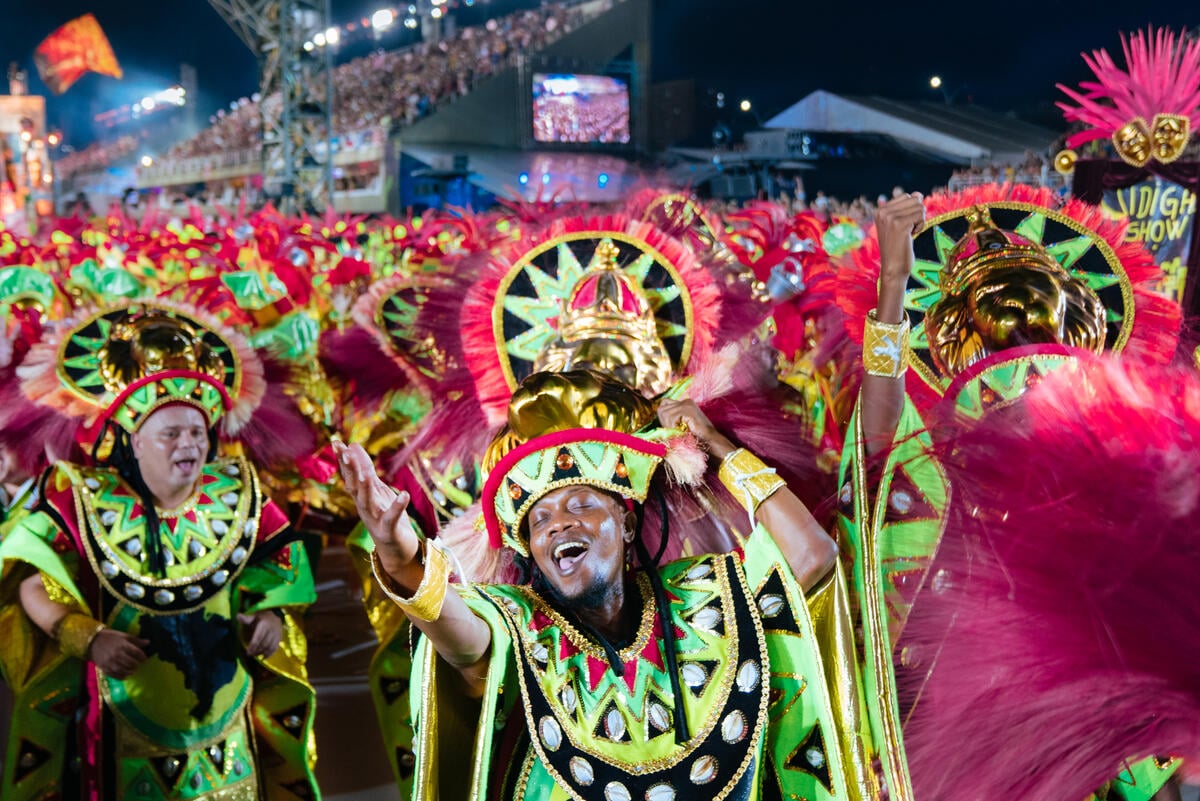Expelled asylum seekers 'crying out for help' in northern Mexico
Expelled asylum seekers 'crying out for help' in northern Mexico

Honduran mother of three Lorena* recalls how she clambered on to a makeshift raft on the banks of the Rio Grande in Mexico with her two eldest children, a girl of seven and a boy four, to cross to the United States and seek asylum.
Her husband followed on a second raft, clutching their one-year-old son. He was picked up by the US Border Patrol and released and is now in Tennessee with the baby. She and her two older kids were also apprehended but after three days detention in the Rio Grande Valley, Texas, they were flown to San Diego, California, and expelled to Mexico under Title 42 public health related asylum restrictions.
Since mid-April the 29-year-old has been living in a packed shelter in a Tijuana church hall, where as many as 600 asylum seekers and their children sleep in bunkbeds and on mattresses spread on the floor, many after being denied the right to seek asylum in the United States and expelled to Mexico.
“We’re stuck. We can’t go back home, and we can’t go forward. We are adrift,” Lorena said, perched on a chair, gathering her two eldest children to her. “It’s traumatic. It’s desperate … I don’t know this place. It’s a strange country … I don’t have family here.”
Lorena fled Honduras after a street gang sought to forcibly recruit her younger brother. When they reported the crime to police, the gang threatened to “cut our tongues out … and kill us all,” she says.
"We're stuck. We can't go back home, and we can't go forward."
Thin and glassy eyed from crying, she says she hardly eats and barely sleeps at the shelter where social distancing is impossible. Her children have been sick with fevers at the site where there is an outbreak of headlice.
“Look at the state we’re in. I am crying out for help,” she said. “We have the right to seek refuge, give us the opportunity.”
Thousands of asylum seekers like her are living in limbo in shelters and makeshift camps across northern Mexico, in cities from Tijuana to Ciudad Juarez and Reynosa, unable to go forward, and terrified of returning home.
The UN High Commissioner for Refugees, Filippo Grandi, has called on the US government to lift Title 42 restrictions that remain in effect at the border since March last year, and restore access to asylum for people like Lorena – whose lives depend on it – in line with international legal and human rights obligations.
In recent years, UNHCR, the UN Refugee Agency, programme has helped more than 10,000 refugees start over in safer parts of Mexico in formal jobs with full benefits including healthcare. But for many, like Lorena, this would mean being permanently separated from her husband and youngest child.
Others are terrified after being kidnapped and assaulted by criminal groups as they cross Mexico in search of safety – among them Honduran mother Ana.
Escaping gang threats at home, the 27-year-old and her three-year-old daughter were making their way to the United States where she has relatives, using a ‘coyote’ – or human smuggler. In the northern city of Monterrey, they were kidnapped at gunpoint.
“They had guns – pistols and rifles. They came into the warehouse where they had us and tied us up,” she said, clasping her hands behind her back. A relative in the US wired the US$5,000 ransom, and a week later their captors released them “barefoot, without clothes, without money.”
After crossing to Texas, she was detained by Border Patrol, flown to San Diego, and deported to Tijuana without the chance of applying for asylum as she had hoped to do. She now lives in the informal shelter which has no security gate or guard.
“We need a solution. I’m a long way from my country and my family,” she said, as her daughter wriggles in her lap. The girl, she says, has become restless and bites her fingernails. “We are at god’s mercy, totally unprotected.”
The risks facing those crossing northern Mexico informally were brought home earlier this year when investigators identified the bodies of 14 Guatemalan migrants shot to death, burned and tossed in a clandestine grave in north-east Tamaulipas state.
"I'd like to see my kids in the park, eating an ice cream cone."
In his statement, Grandi warned that the thousands expelled from the United States faced “serious humanitarian consequences” in northern Mexico. He encouraged the US administration to strengthen its asylum system and “diversify safe pathways so asylum-seekers are not forced to resort to dangerous crossings facilitated by smugglers.”
For Guatemalan mother of two Mirna, help cannot come soon enough. Repeatedly beaten and raped by her partner in Guatemala, the 24-year-old attempted to join her mother in Los Angeles in May, but was detained and expelled. Kidnapped by a cab driver on reaching Tijuana, she now lives in fear at the shelter. “It’s not safe, with what happened to us here,” she says.
Across town at another shelter run by the Mexican authorities, Honduran father of two young boys, Dario and his wife have also lived through an ordeal of gang death threats at home, kidnap in northern Mexico, expulsion from the United States and the turmoil of a life in limbo. His vision is simple and poignant.
“I’d like to see my kids in the park, eating an ice cream cone, without wondering if someone is coming to kill them,” he said. “That’s all we ask.”
*Asylum-seekers’ names have been changed for protection reasons.








